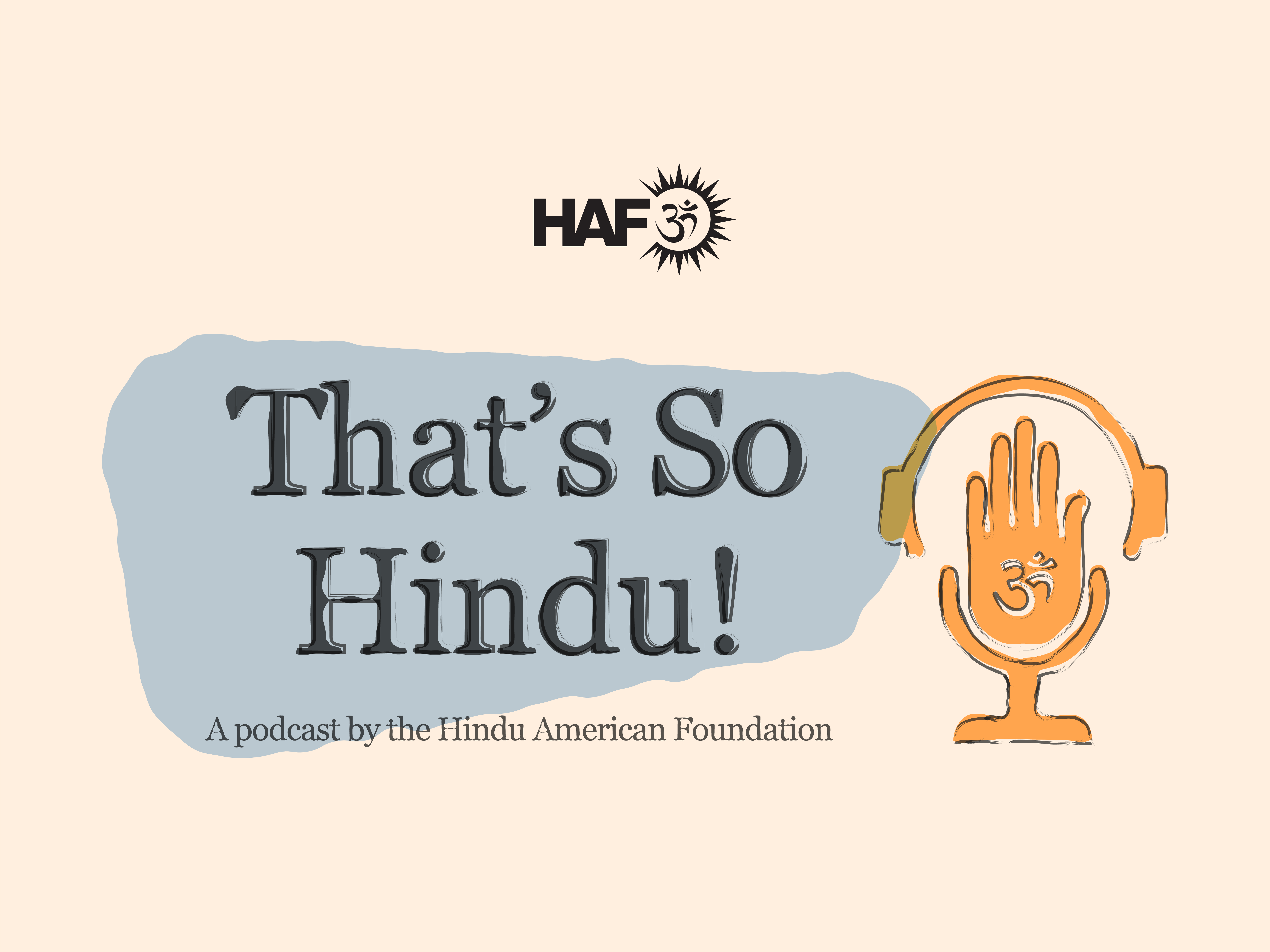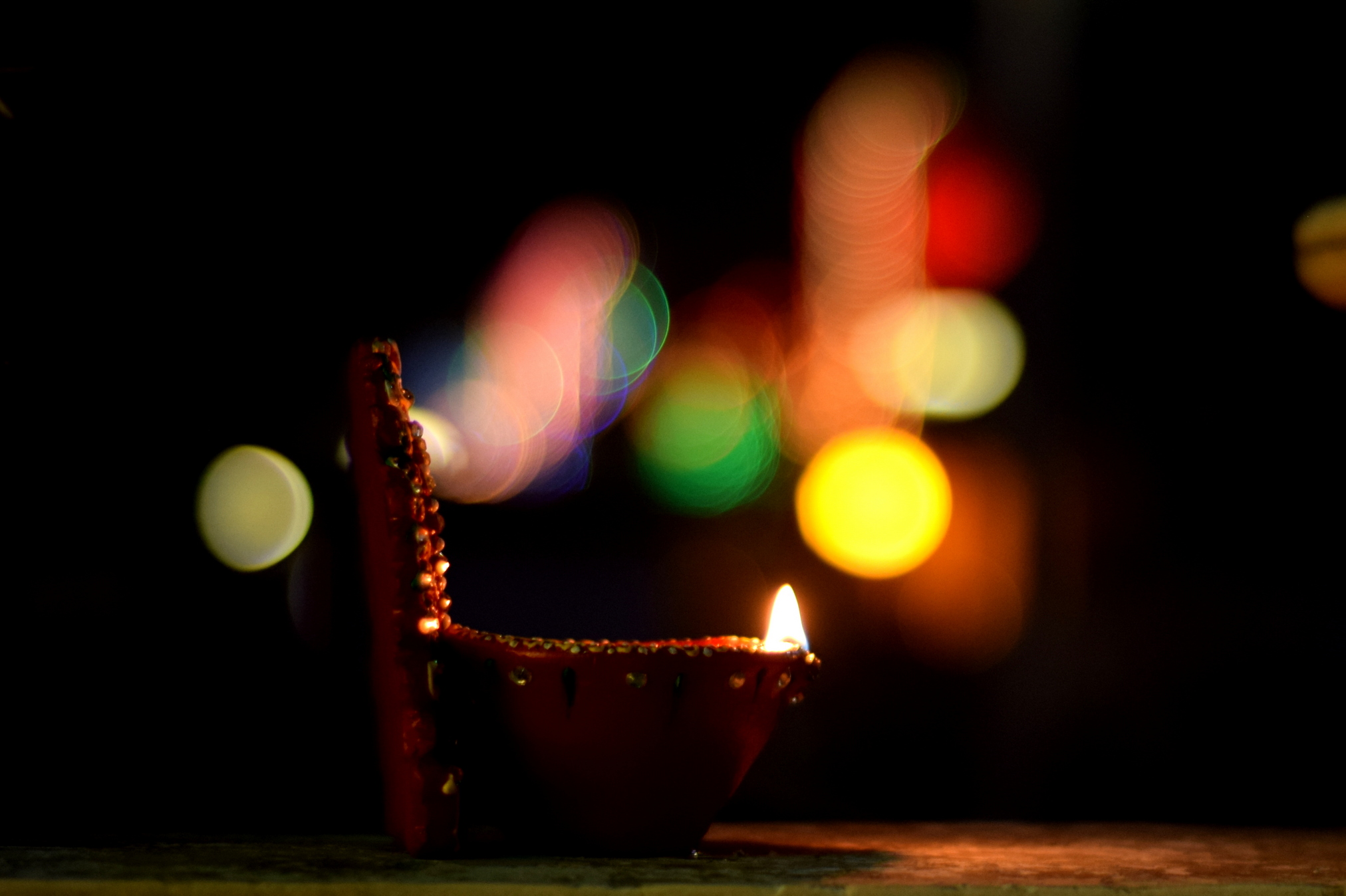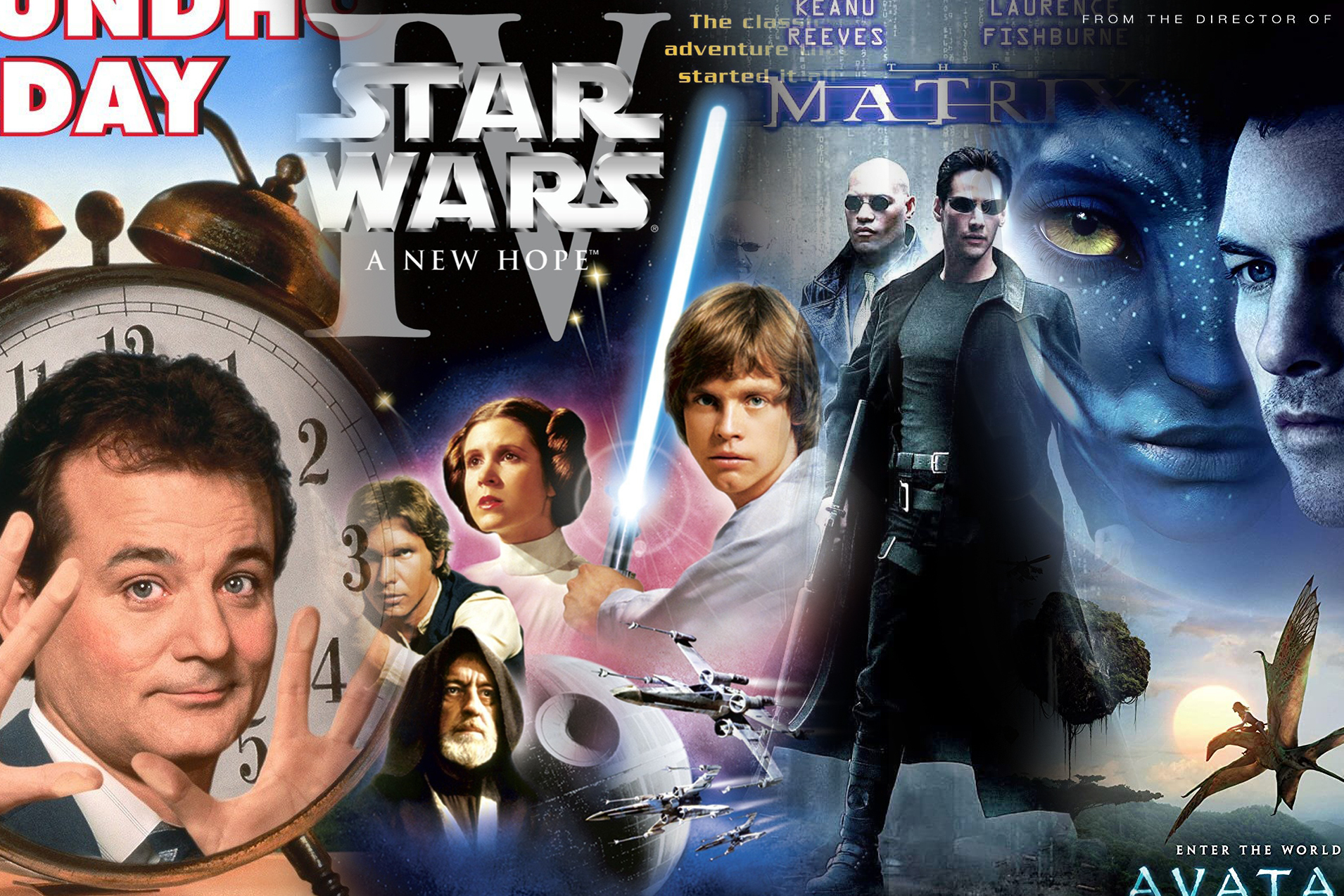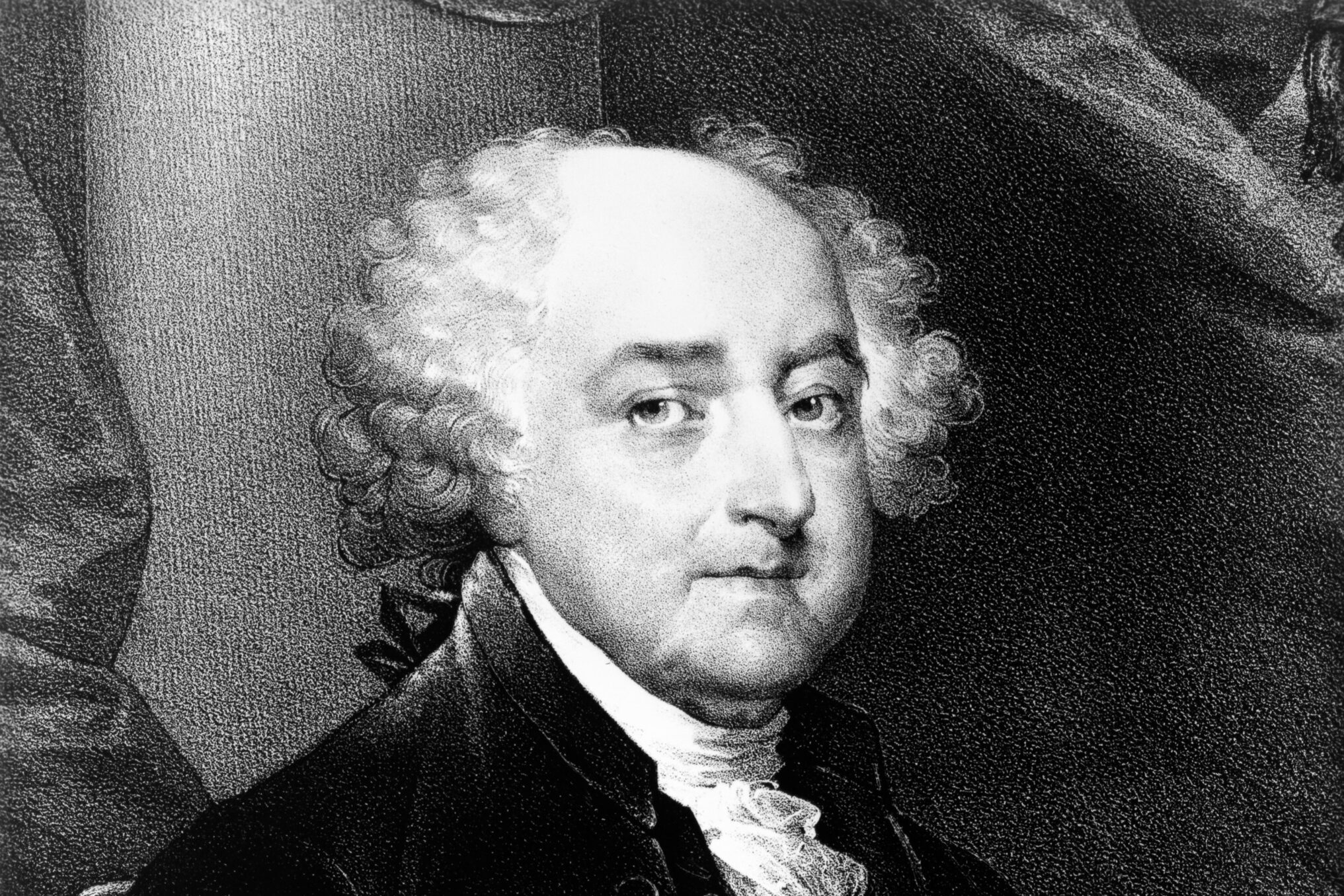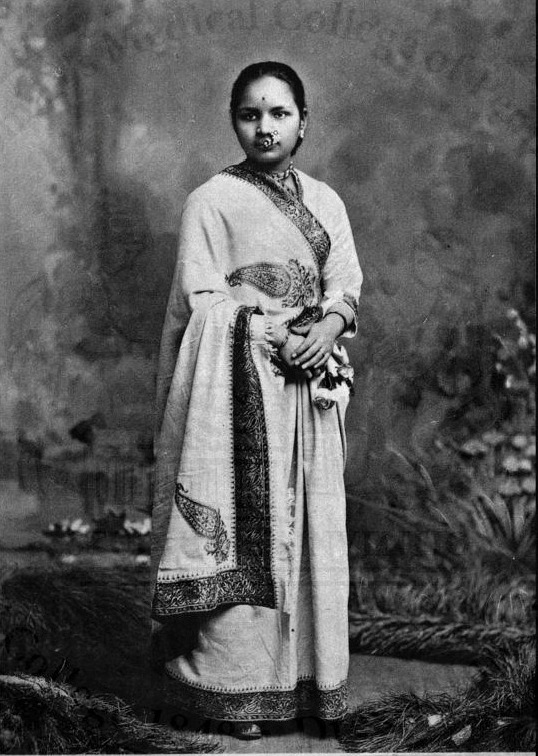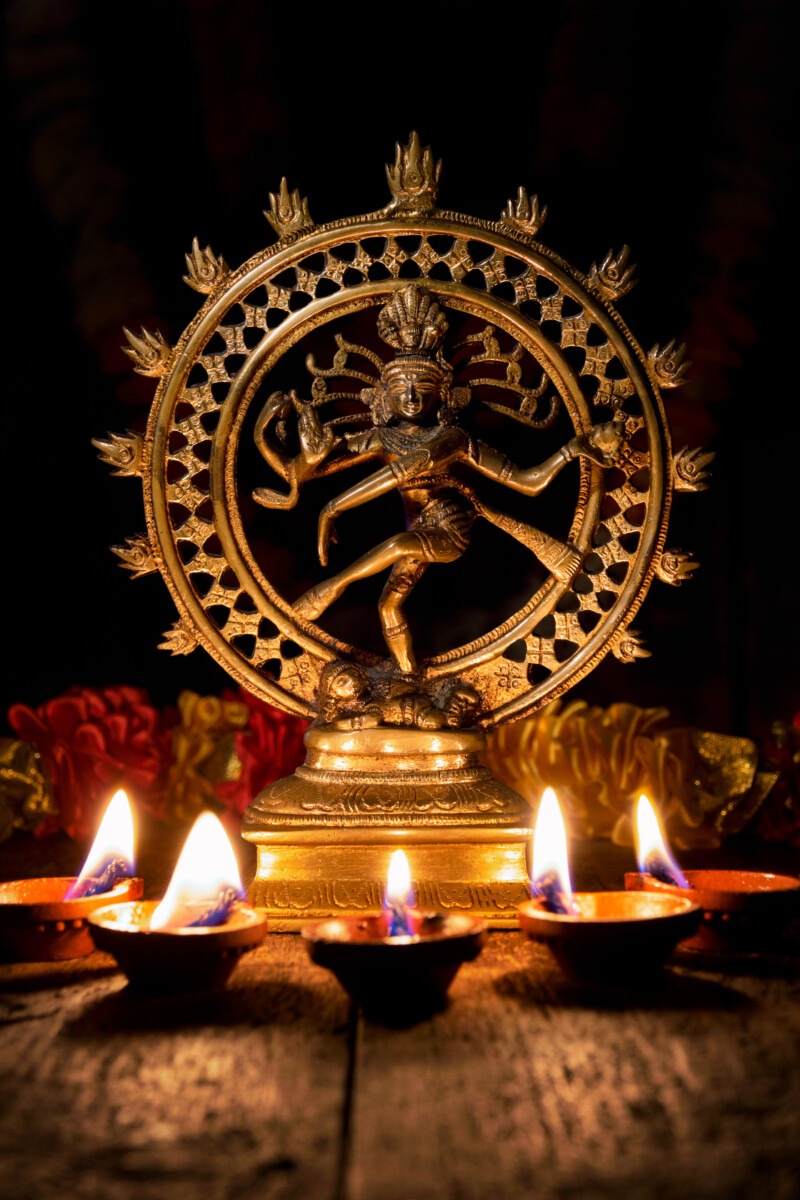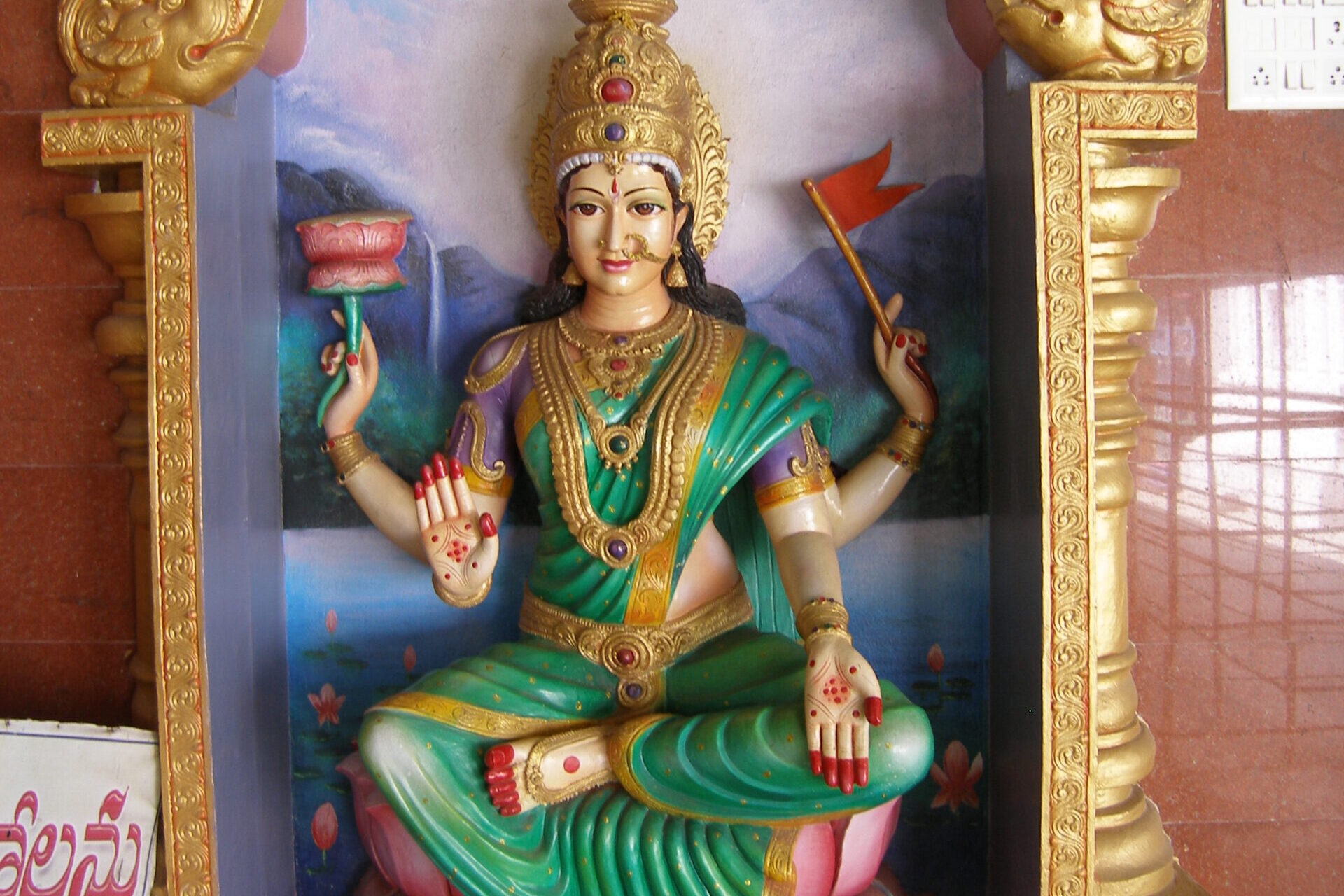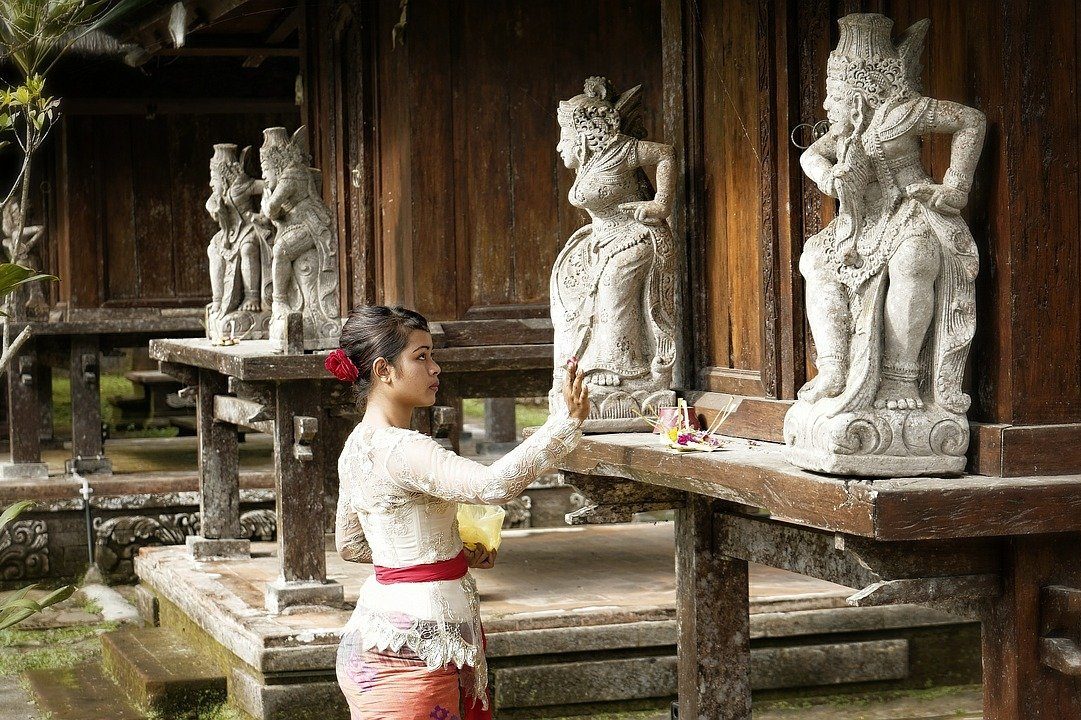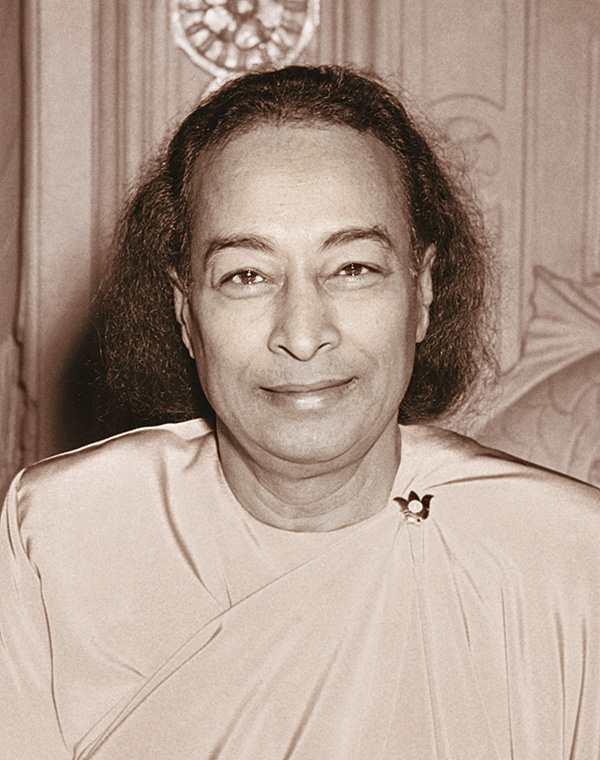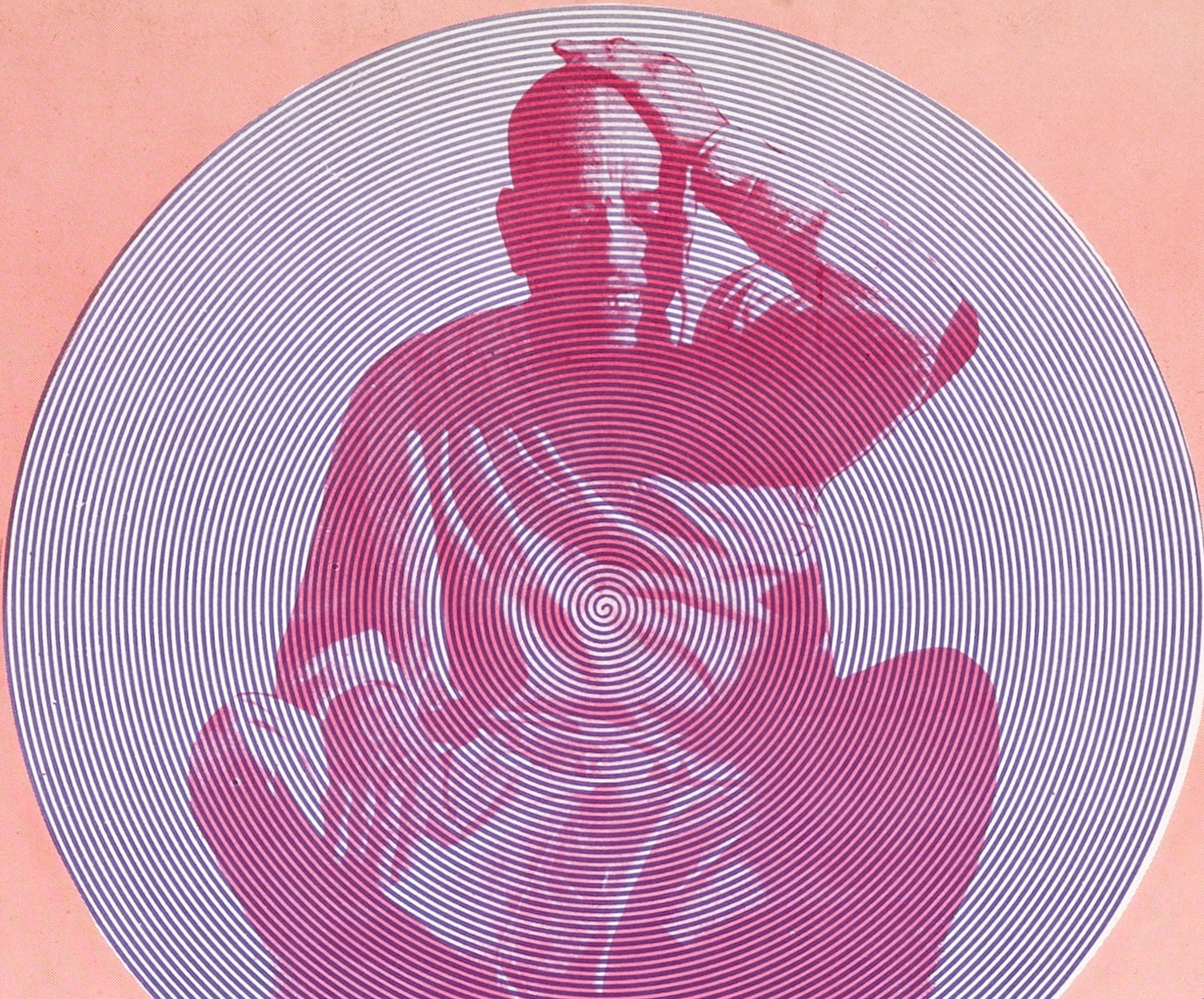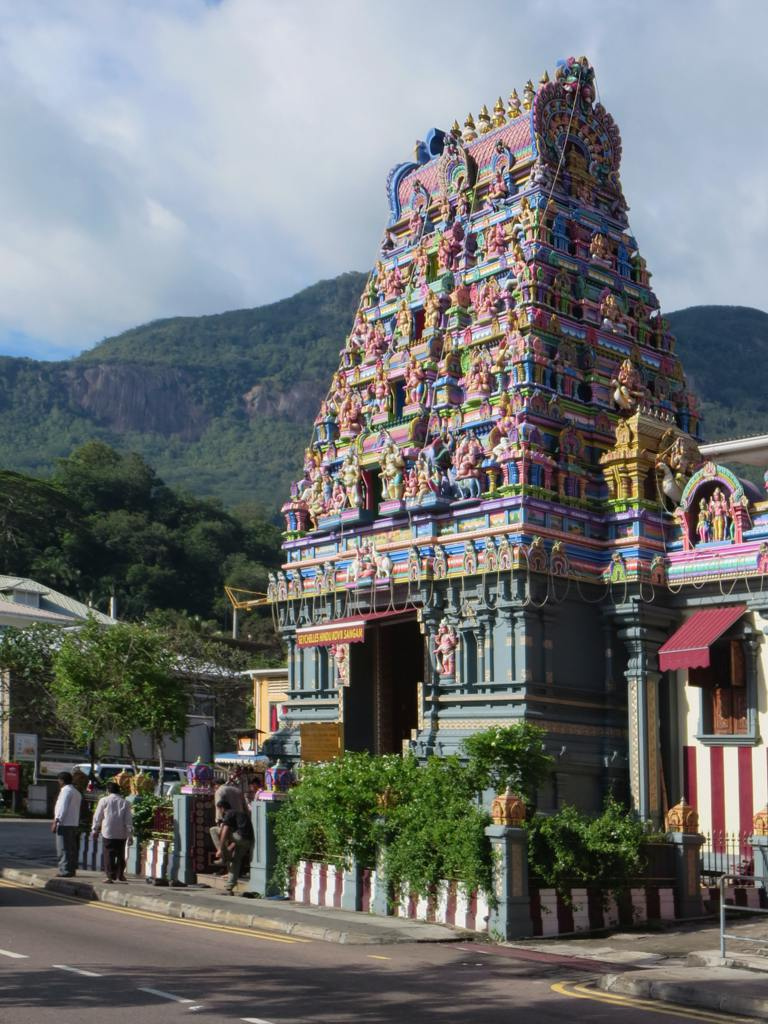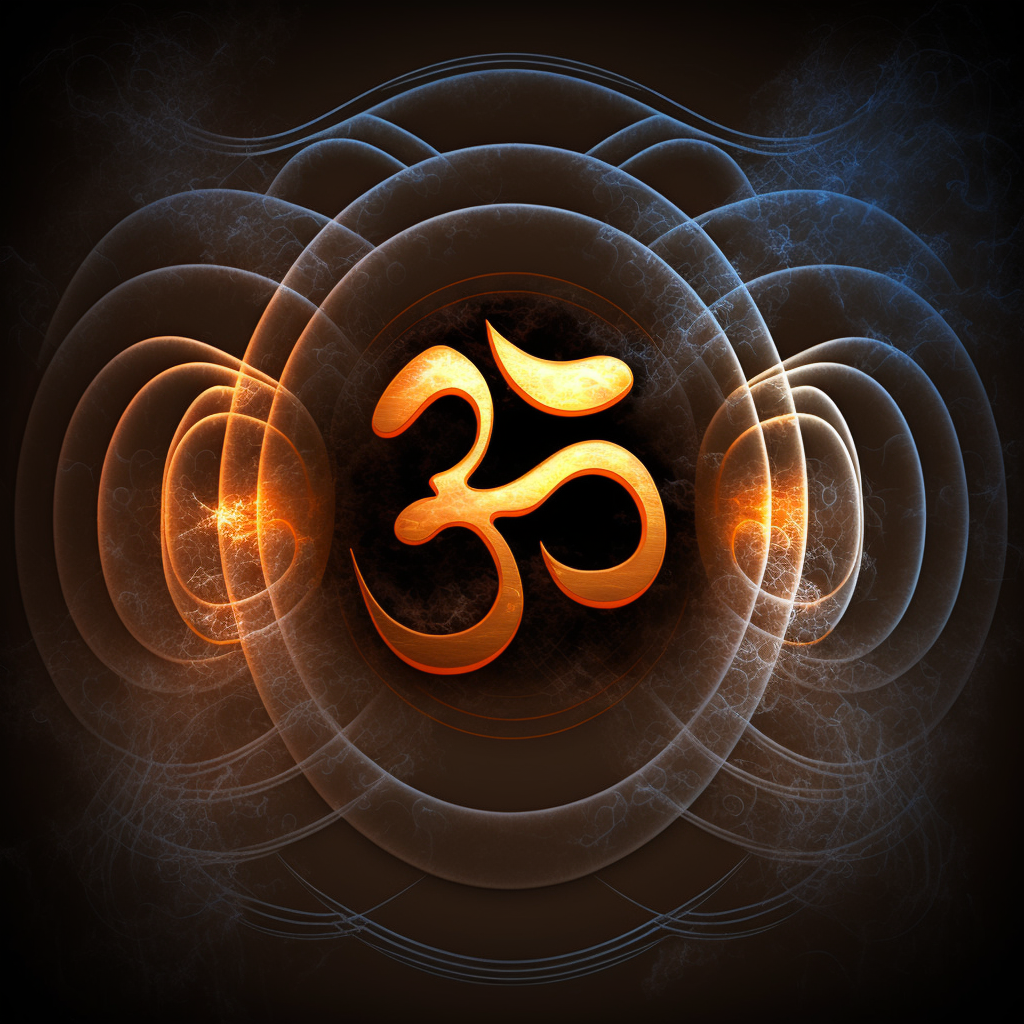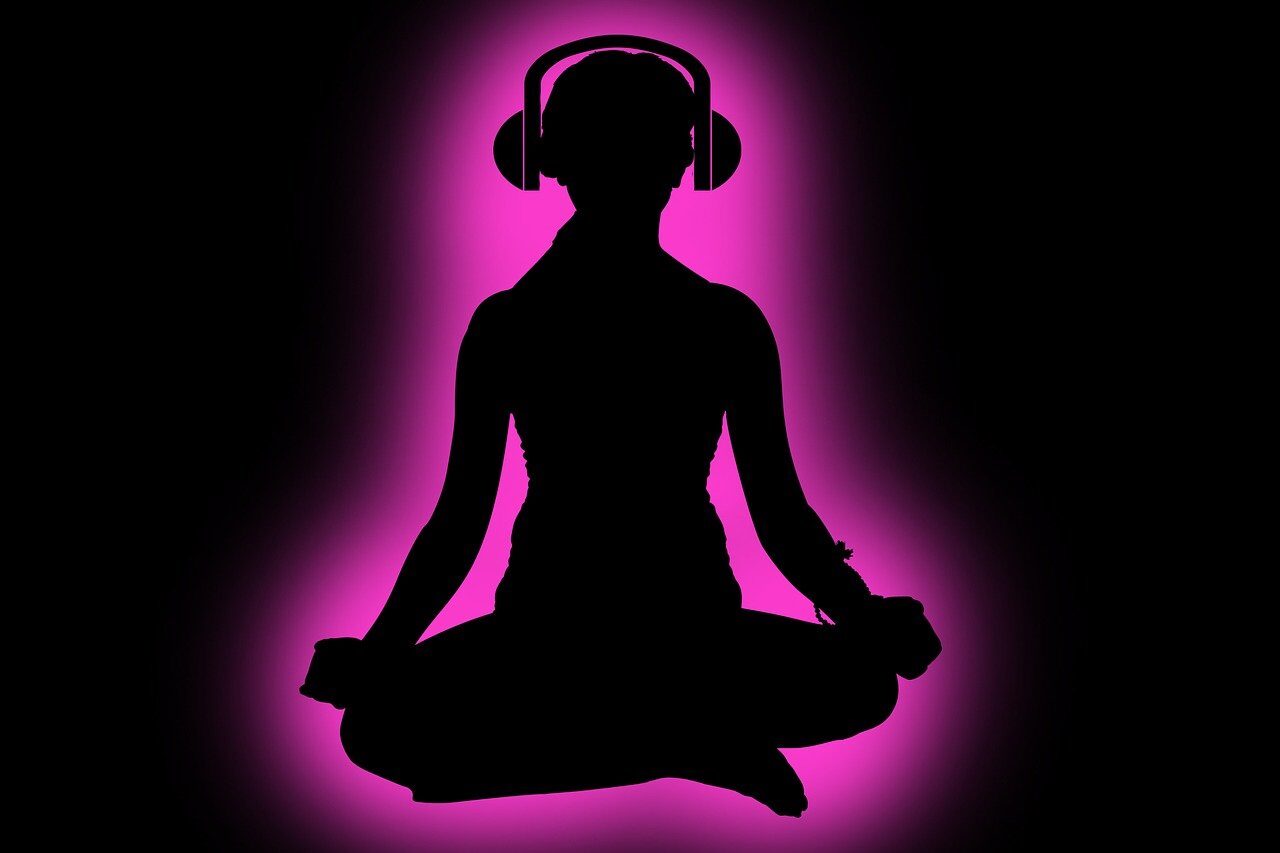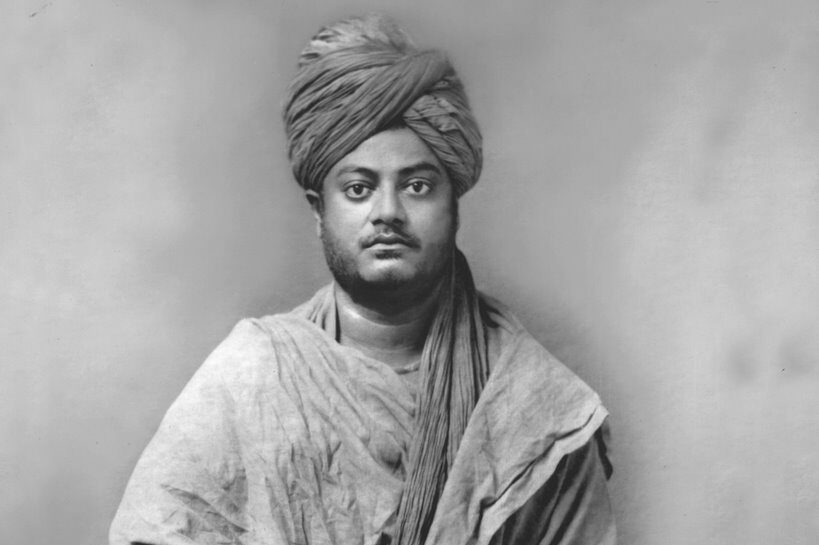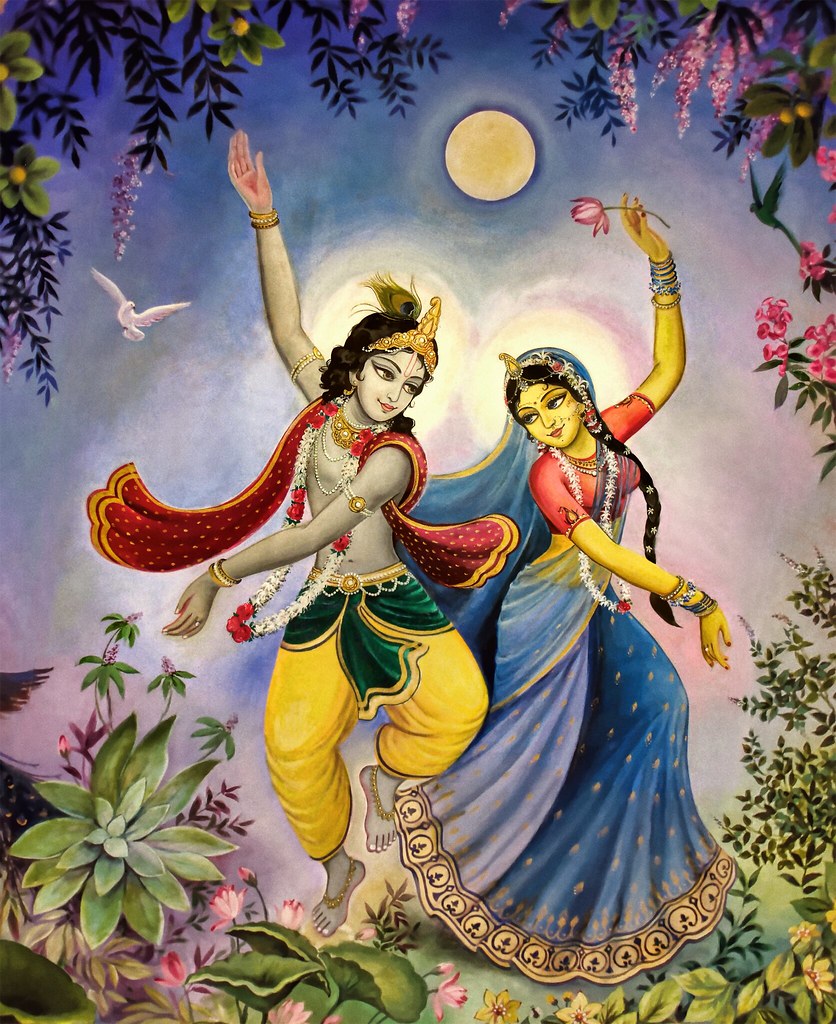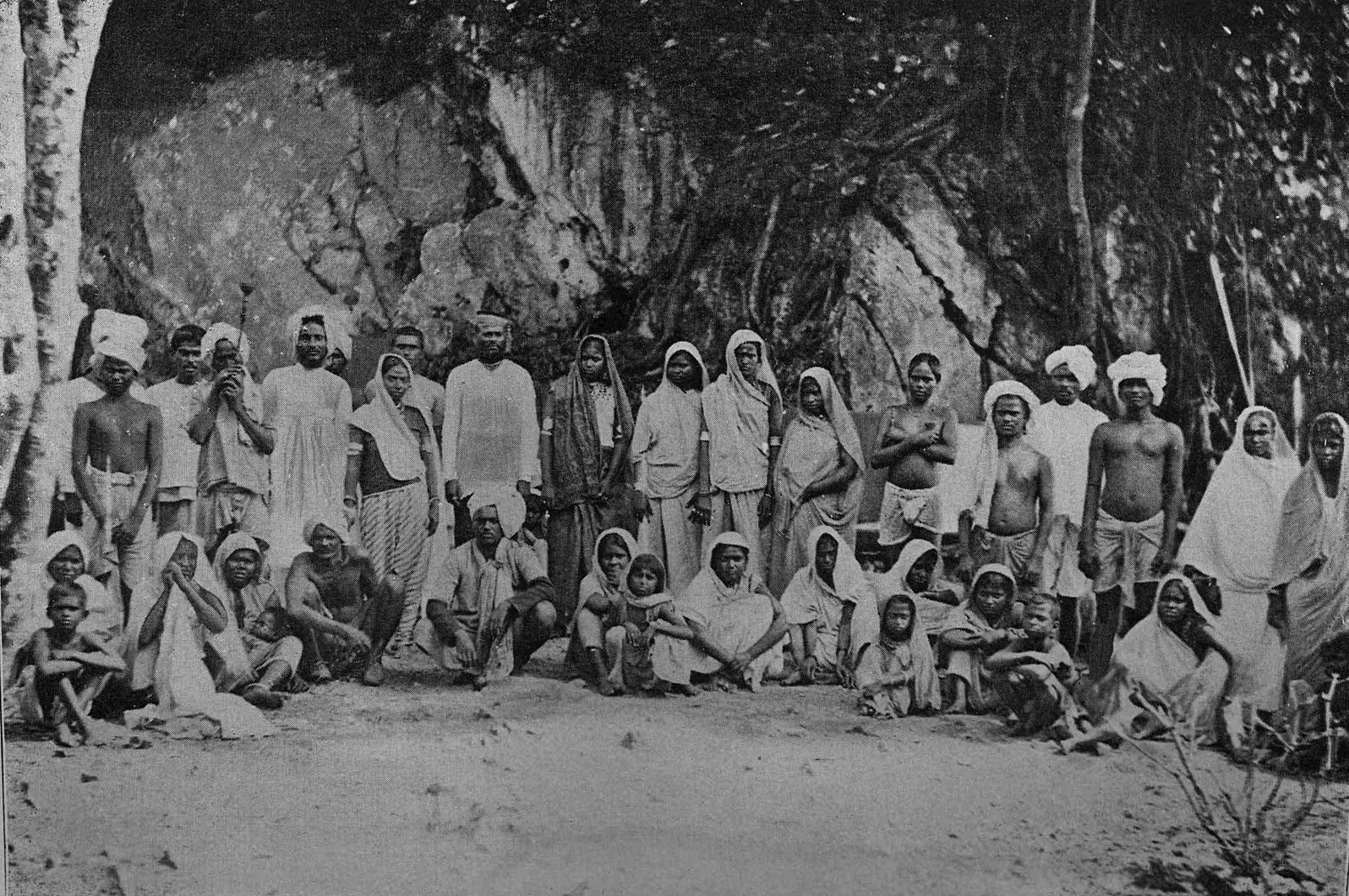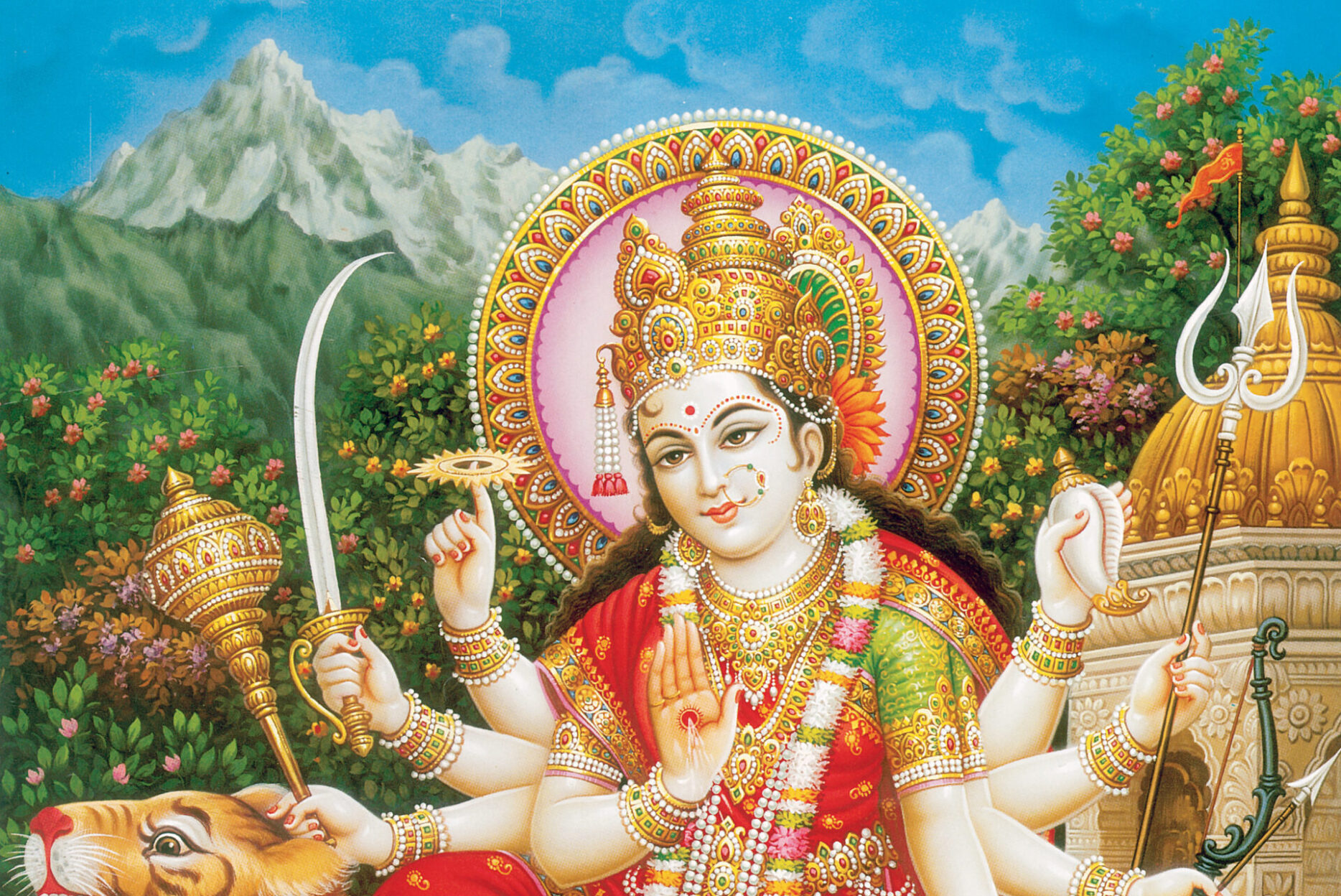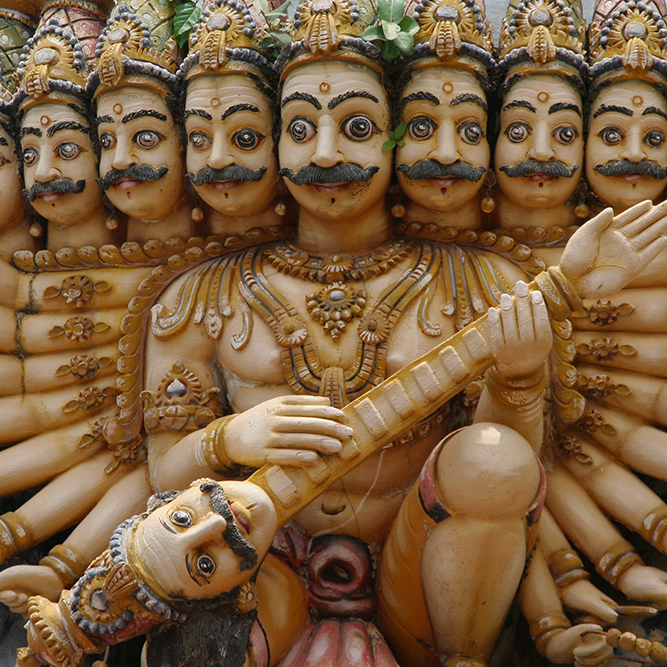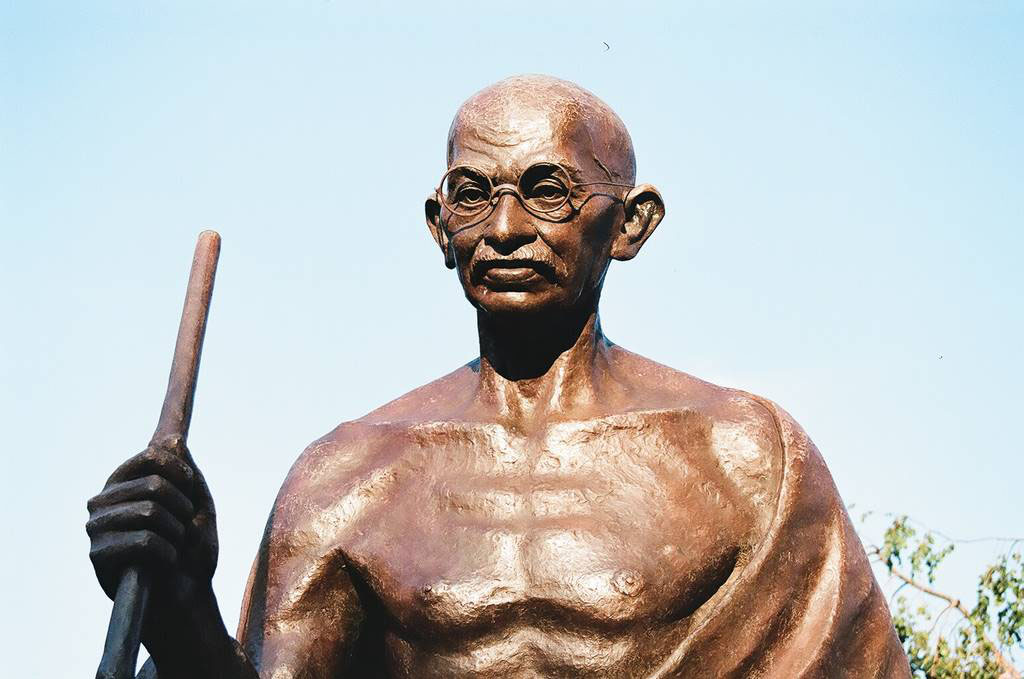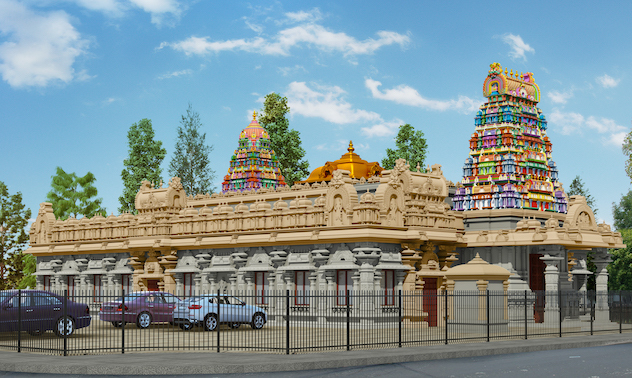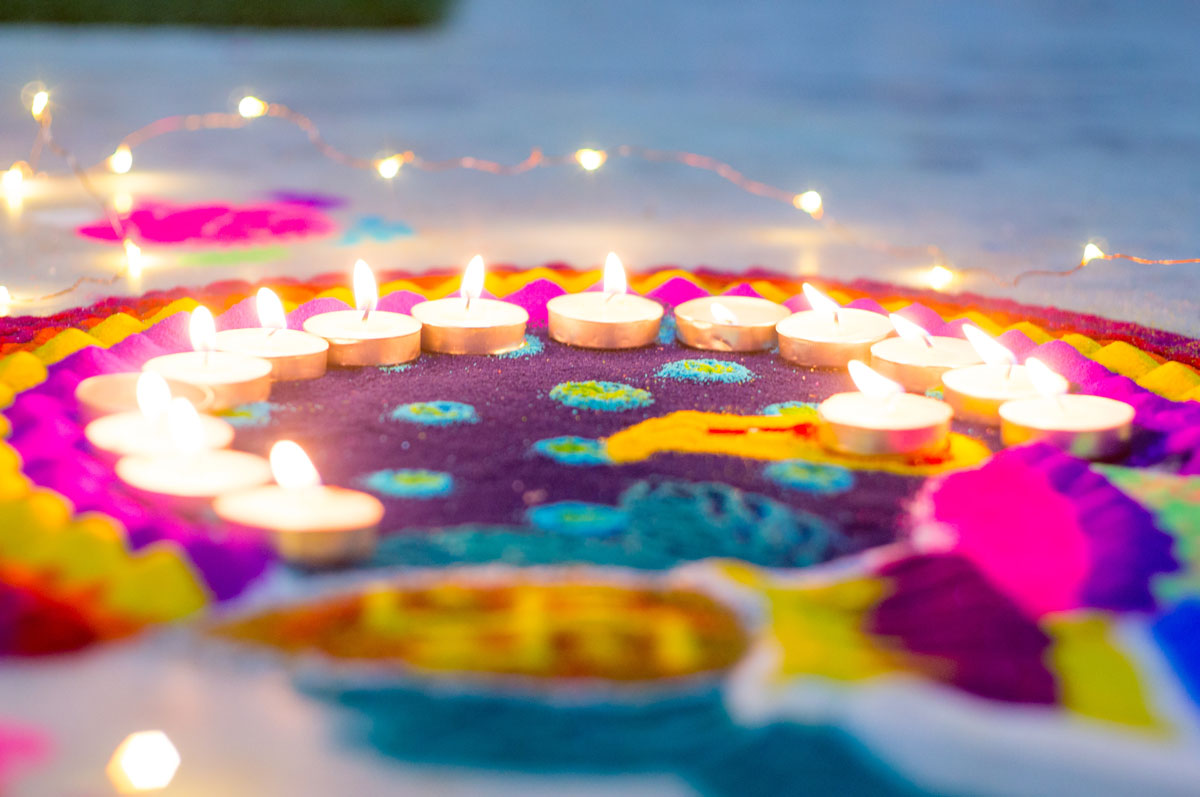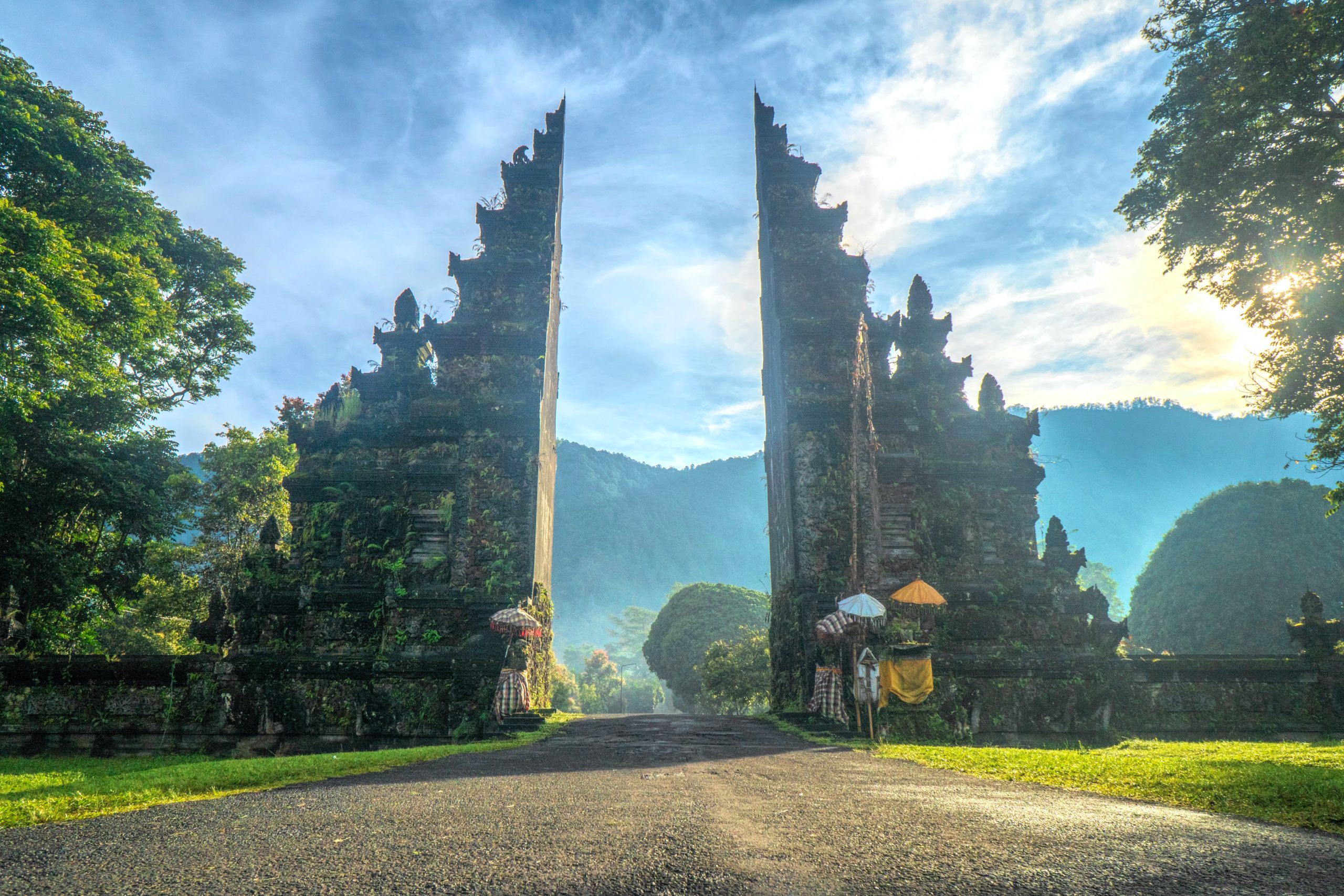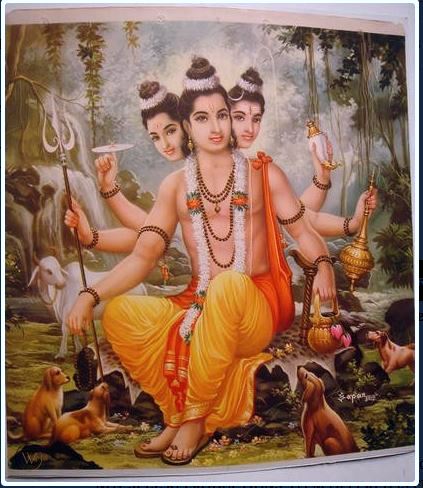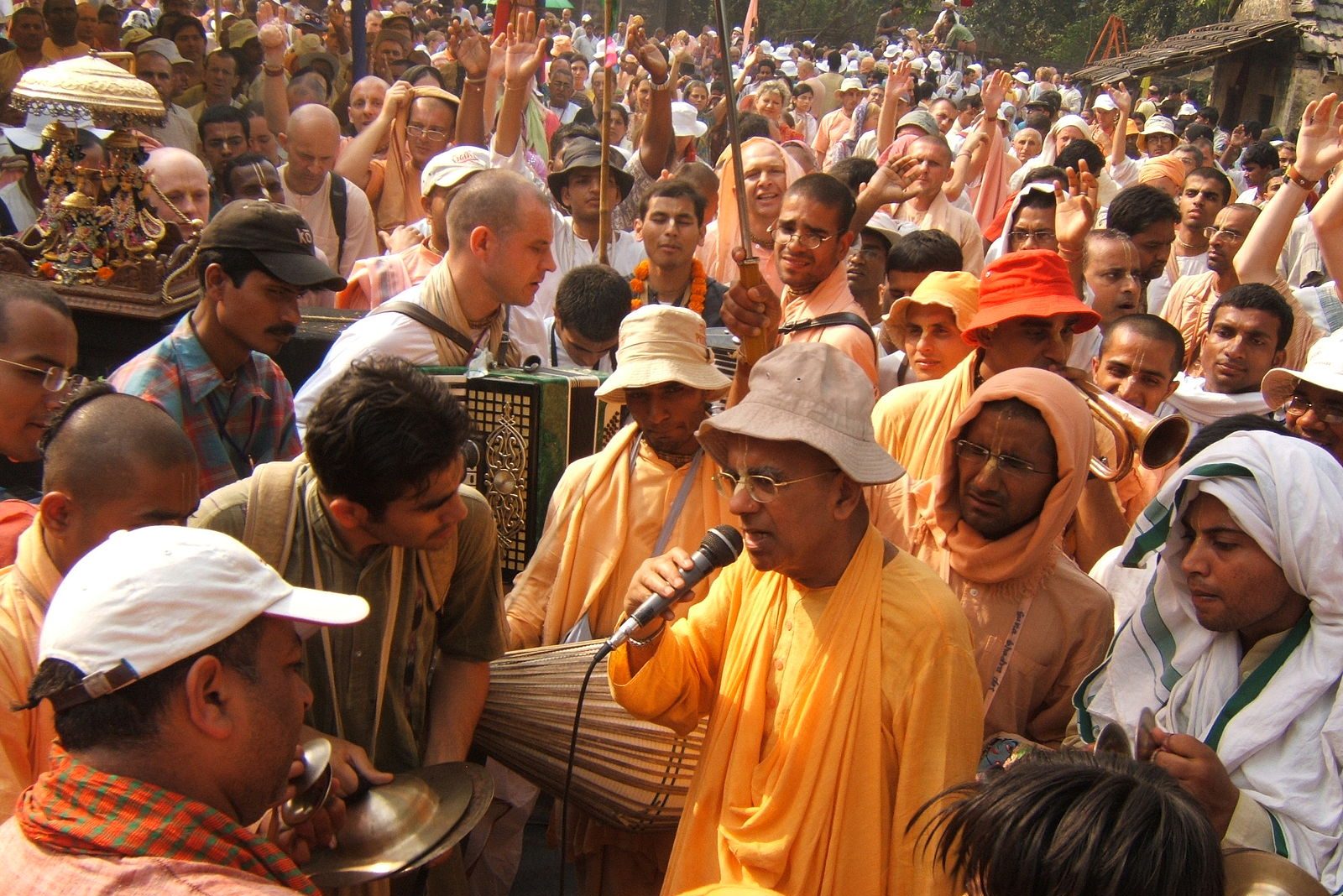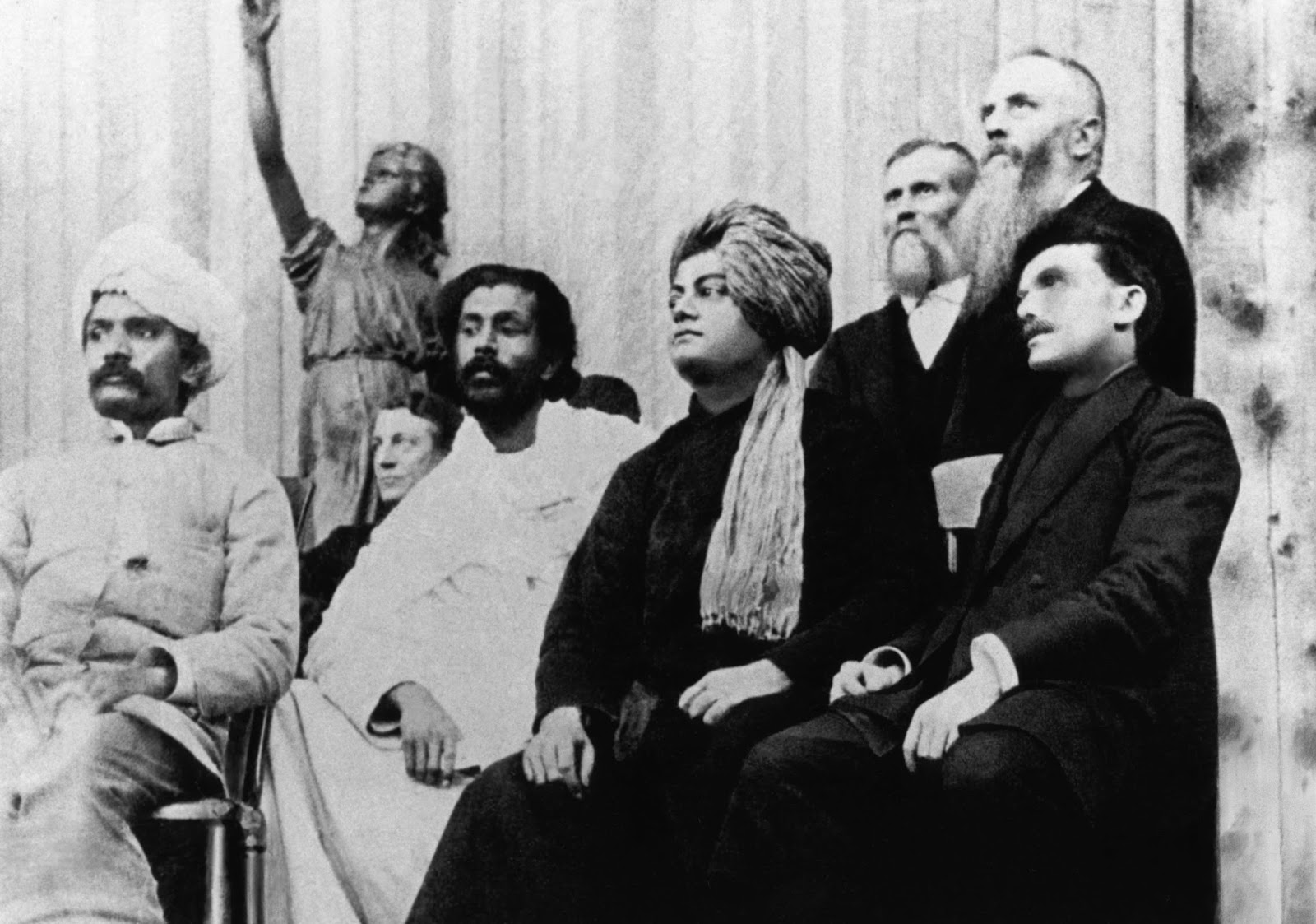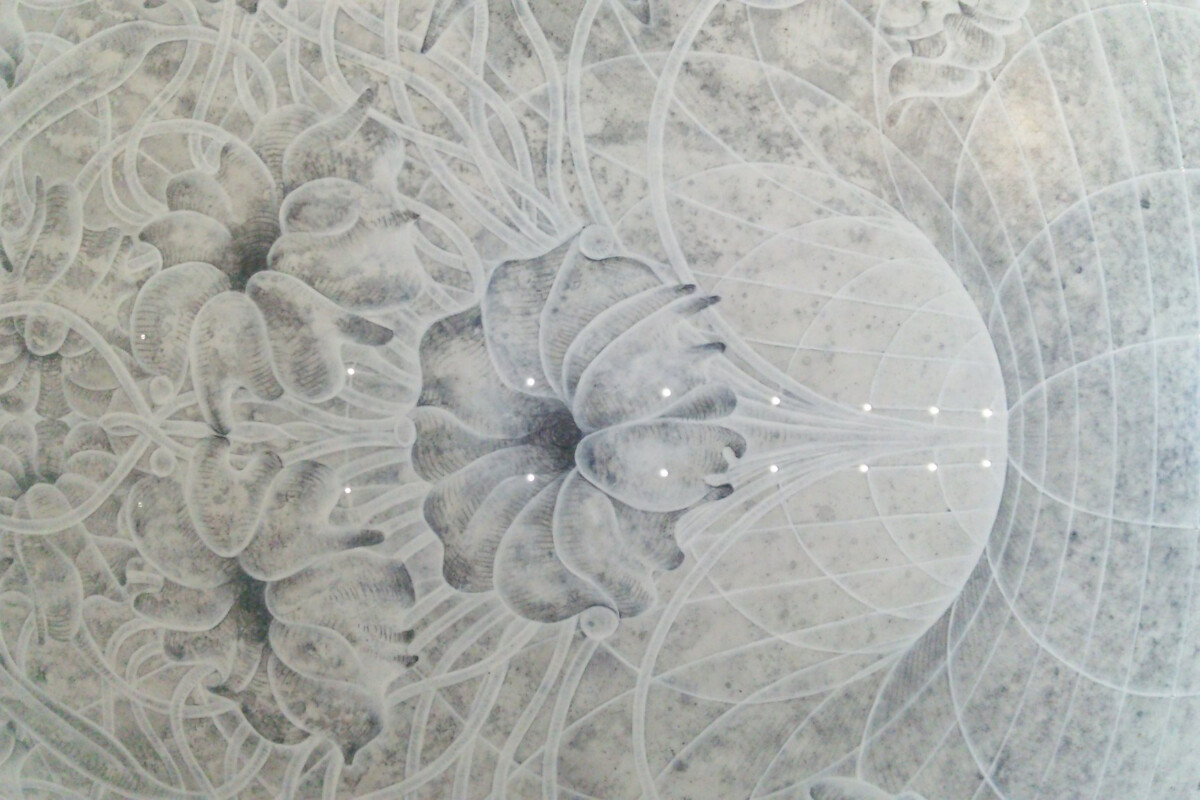

“Silver Universe” by nnice
Growing up, I often heard my family talk about Hindu scriptures and their endless depth of wisdom. But as someone who’s also fascinated by science, I couldn’t help but wonder, how do these ancient texts, written thousands of years ago, align with modern scientific theories, particularly about something as mind-boggling as parallel universes? Could Hindu cosmology have been ahead of its time, envisioning concepts that scientists are only now exploring?
The Puranas: A Glimpse into Multiverses
Let’s start with the Puranas, a collection of ancient Hindu texts that delve into cosmology, theology, and philosophy. I remember one story from the Bhagavata Purana where Lord Vishnu reveals to the sage Narada multiple universes, each governed by its own Brahma, each existing within its reality. At first glance, this seemed like a classic myth, a story meant to convey spiritual truths rather than scientific facts. But then I stumbled upon the idea of the multiverse in modern physics, and something clicked.
According to the multiverse theory, our universe might just be one of many, each with its own set of physical laws. Scientists like Hugh Everett and later theorists like Max Tegmark have argued that these parallel universes could exist side by side, though we may never be able to perceive them. This sounds strikingly like what the Puranas suggest: realities beyond our own, each distinct, yet interconnected in ways we don’t fully understand.
Maya and Quantum Mechanics: Is Reality an Illusion?
In Hindu philosophy, the concept of maya is central — the idea that the world we perceive is an illusion, hiding a deeper, more profound reality. This concept has always fascinated me, particularly when juxtaposed with what quantum physics teaches us. As I delved deeper into quantum mechanics, I found eerie parallels between maya and how physicists describe the nature of reality.
In quantum mechanics, particles can exist in multiple states at once, and only when observed do they “choose” a specific state — a phenomenon known as wavefunction collapse. Isn’t this reminiscent of how Hinduism portrays reality as a projection, something that shifts depending on the observer’s state of consciousness? It’s as if the ancient rishis, in their meditative trances, tapped into truths that quantum physicists are only now starting to theorize.
Time is Relative, Says Both Science and Scriptures
Another area where Hindu cosmology aligns with science is in its perception of time. In the Mahabharata, during the infamous battle of Kurukshetra, Lord Krishna briefly shows Arjuna the vishvarupa, the universal form where Arjuna experiences multiple lifetimes and universes in an instant. This concept of time bending, stretching, or collapsing is echoed in Einstein’s Theory of Relativity, where time can be experienced differently based on the observer’s velocity and gravity’s influence. In both science and the scriptures, time isn’t linear or fixed; it’s fluid and multidimensional.
I’ve always wondered, could this be why our experiences of time — how fast or slow it seems to move — feel so subjective? Is the ancient wisdom of Krishna’s universal form just another way of describing what we now know as time dilation?
Cyclic Time and Eternal Recurrence: Rebirth of Universes
A particularly intriguing idea in Hindu cosmology is the cyclic nature of time. According to the Puranas, the universe undergoes endless cycles of creation, preservation, and destruction, known as the cycles of kalpas. These cycles are governed by the cosmic trinity of Brahma (the creator), Vishnu (the preserver), and Shiva (the destroyer). Once one universe ends, another begins. There’s no finality, only eternal recurrence.
When I first heard about this, it seemed symbolic. But now, I realize how much this mirrors modern scientific ideas like cosmic inflation theory, where the universe goes through repeated expansions and contractions, with each “Big Bang” marking the birth of a new universe. It’s almost as if the ancient sages understood something fundamental about the very fabric of existence, long before we had the language of physics to describe it.
The Cosmic Web: Everything is Connected
In both Hinduism and modern physics, one theme remains constant: interconnectedness. The Vedas describe the universe as a woven fabric, where every element is part of a greater whole, much like Indra’s Net — a metaphor that represents the infinite, interconnected web of existence. As I read more about string theory and the idea of a cosmic web that underlies all matter, I can’t help but see the similarities.
The way modern science talks about particles and forces being connected by invisible strings mirrors this ancient idea of oneness. Everything is entangled, whether on a subatomic level or a cosmic scale. Hinduism teaches that the atman (the individual soul) is connected to brahman (the universal soul), just as science now suggests that every particle in the universe influences every other particle, regardless of distance.
So, Is It Sci-Fi or Reality?
So where does that leave us? Is the parallel universe theory in Hindu cosmology just a myth, or could it have been an ancient attempt to describe the unfathomable complexities of the cosmos? The more I explore both, the more I believe that they aren’t mutually exclusive. Hindu scriptures and modern physics are perhaps telling the same story, just in different languages.
As someone passionate about both spirituality and science, I find it hard to dismiss the idea that Hinduism’s portrayal of multiple realities, cyclical time, and interconnectedness could align with what physicists are only now theorizing. It’s as if our ancient ancestors had a window into truths that transcend time and culture, truths that we’re only just beginning to uncover in our labs and observatories.
Whether you’re a devout follower of Hinduism or someone deeply rooted in science, something is awe-inspiring about the possibility that both paths might lead us to the same cosmic destination — a realization that our universe is far more complex and mysterious than we ever imagined.
Bridging Two Worlds
For me, this exploration is personal. It’s about bridging two worlds — my love for ancient Hindu wisdom and my curiosity about the ever-evolving world of science. Maybe the true beauty of these parallel universes lies not in whether they exist “out there,” but in how they invite us to think beyond the boundaries of what we consider possible.
In the end, whether parallel universes exist or not, Hindu cosmology and modern science remind me that the universe is far more expansive and interconnected than we can ever fully comprehend. And that, in itself, is worth exploring.



